Australia’s outback opening up
Kakadu and Uluru‐Kata Tjuta will open to visitors at the end of this week, as announced by Parks Australia.
Director of National Parks, Dr James Findlay said due to COVID‐safe arrangements and infrastructure upgrades, some areas of the national parks will not be open to visitors during the initial re‐opening, but there will be plenty of opportunity to seek recreation and relaxation in these much‐loved parts of Australia.
“Kakadu National Park will be open for day use only, between 8 am and 5 pm. Most boat ramps will be open, meaning visitors will once again be able to enjoy some of the Top End’s best fishing.”
“Mamukala Wetlands, Mangarre Rainforest, Bardedjilidji, Gungural, the Yurmikmik area and the Burrungkuy (Nourlangie) region will also be open, allowing for some stunning walks and access to Kakadu’s wildlife and world‐class rock art,” Dr Findlay said.
Overnight camping will not be permitted in Kakadu during the first stage of re‐opening, however there are many accommodation options for visitors at Jabiru, Cooinda and Mary River.
“Currently, we are continuing to make some urgent infrastructure repairs across the park, including at the Bowali Visitor Centre which will remain closed for several weeks, district ranger stations and staff housing. These are a priority in supporting increased visitation.”
At Uluru‐Kata Tjuta National Park, walking tracks and sunrise and sunset viewing areas will be open. Visitors can take a walk to Mutitjulu Waterhole, hike around the base of Uluru or explore Kata Tjuta’s breathtaking views. There are plenty of opportunities for walking, wildlife watching, photography and other activities.
The Cultural Centre and associated businesses will remain closed during this first stage of reopening, as will organised group activities and tours.
“We ask visitors to continue maintaining social distancing. We’ll be conducting additional cleaning of high contact areas and extra hand wash stations will be set up at key high‐contact locations throughout the parks. Some paths or areas may be one‐directional or have other health and safety restrictions related to COVID‐19, so we request visitors please observe arrows and signs,” Dr Findlay said.






